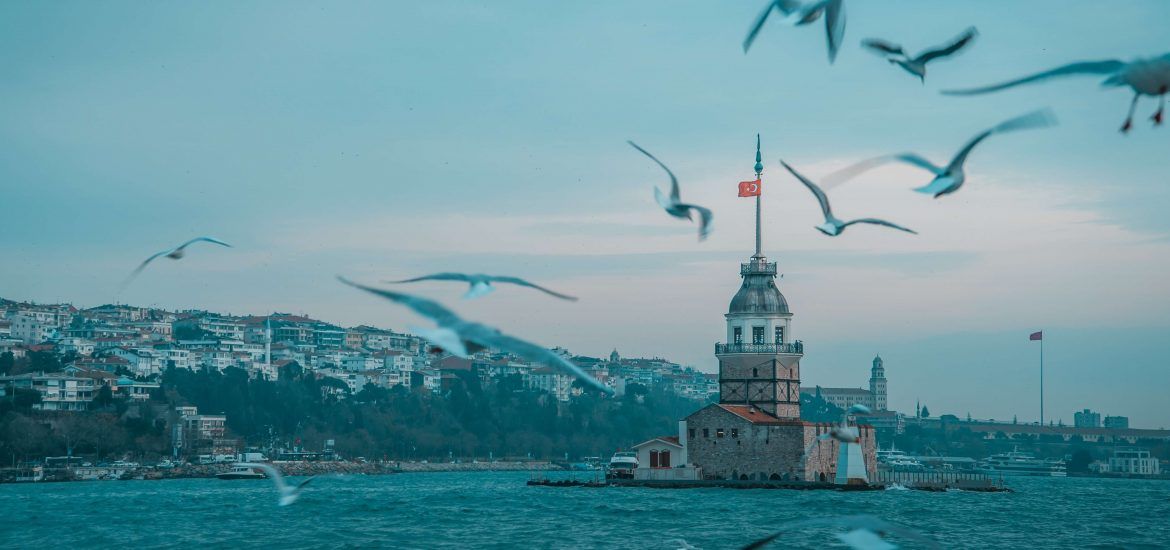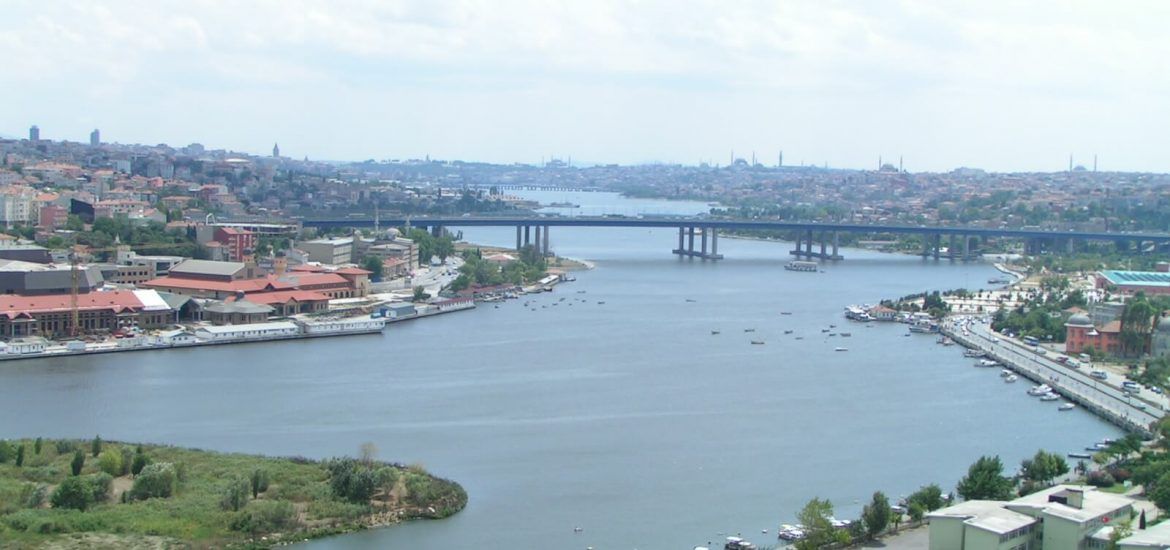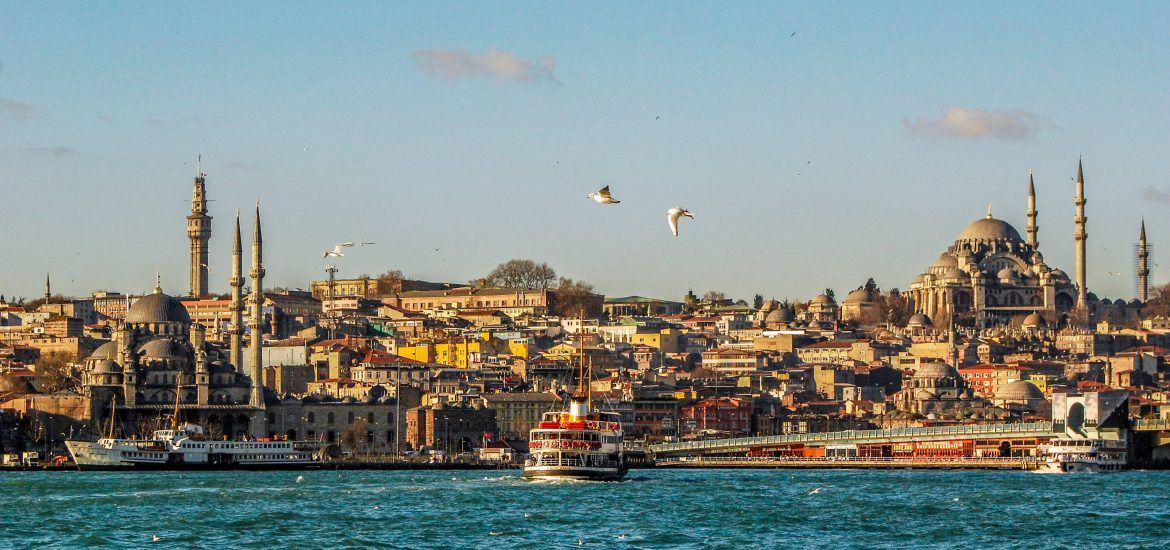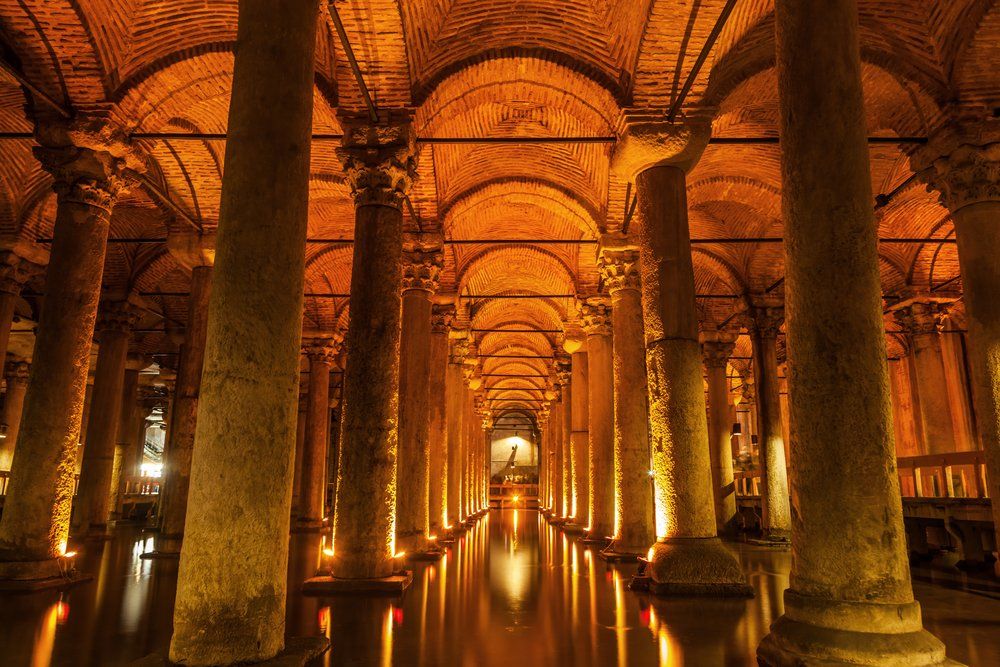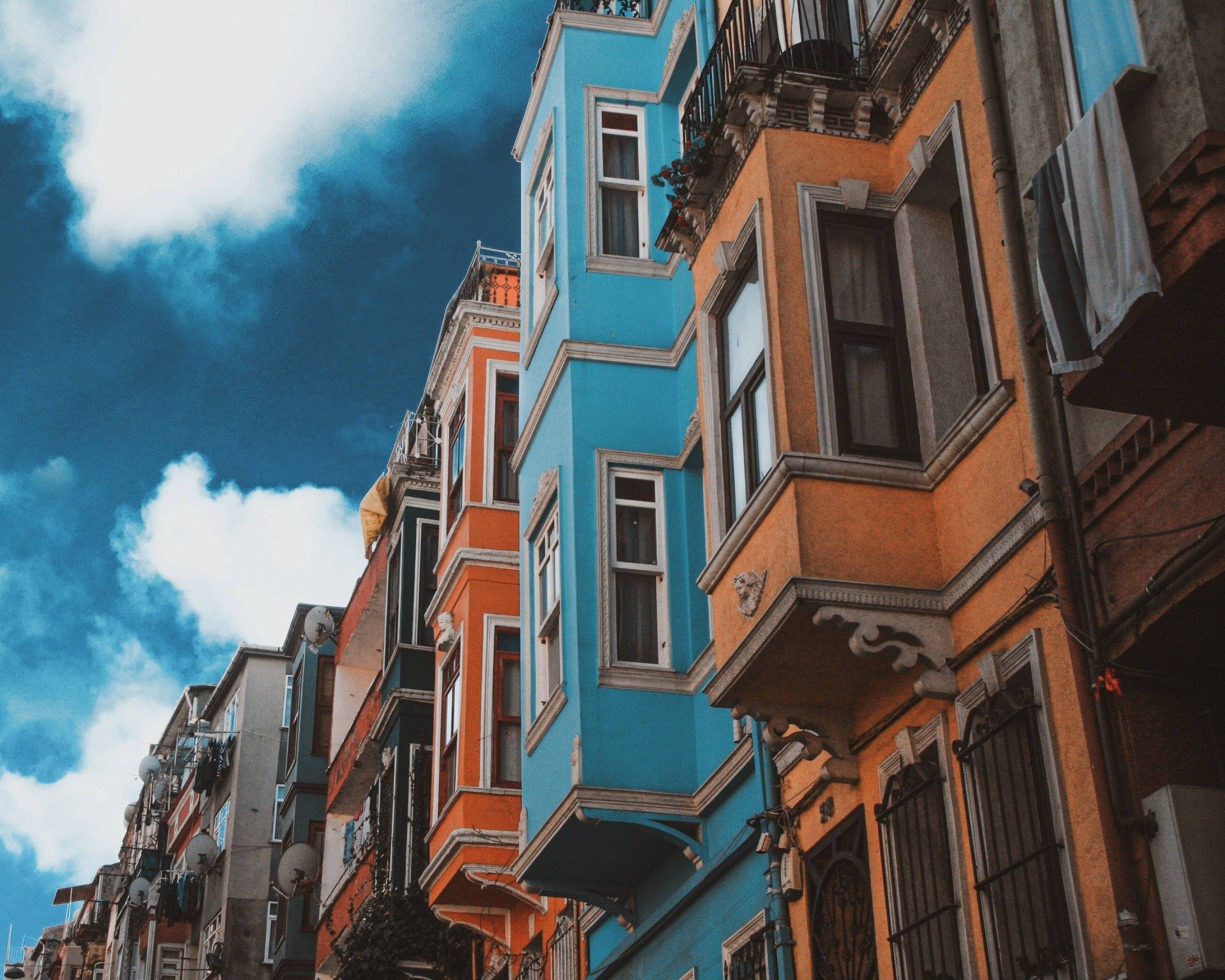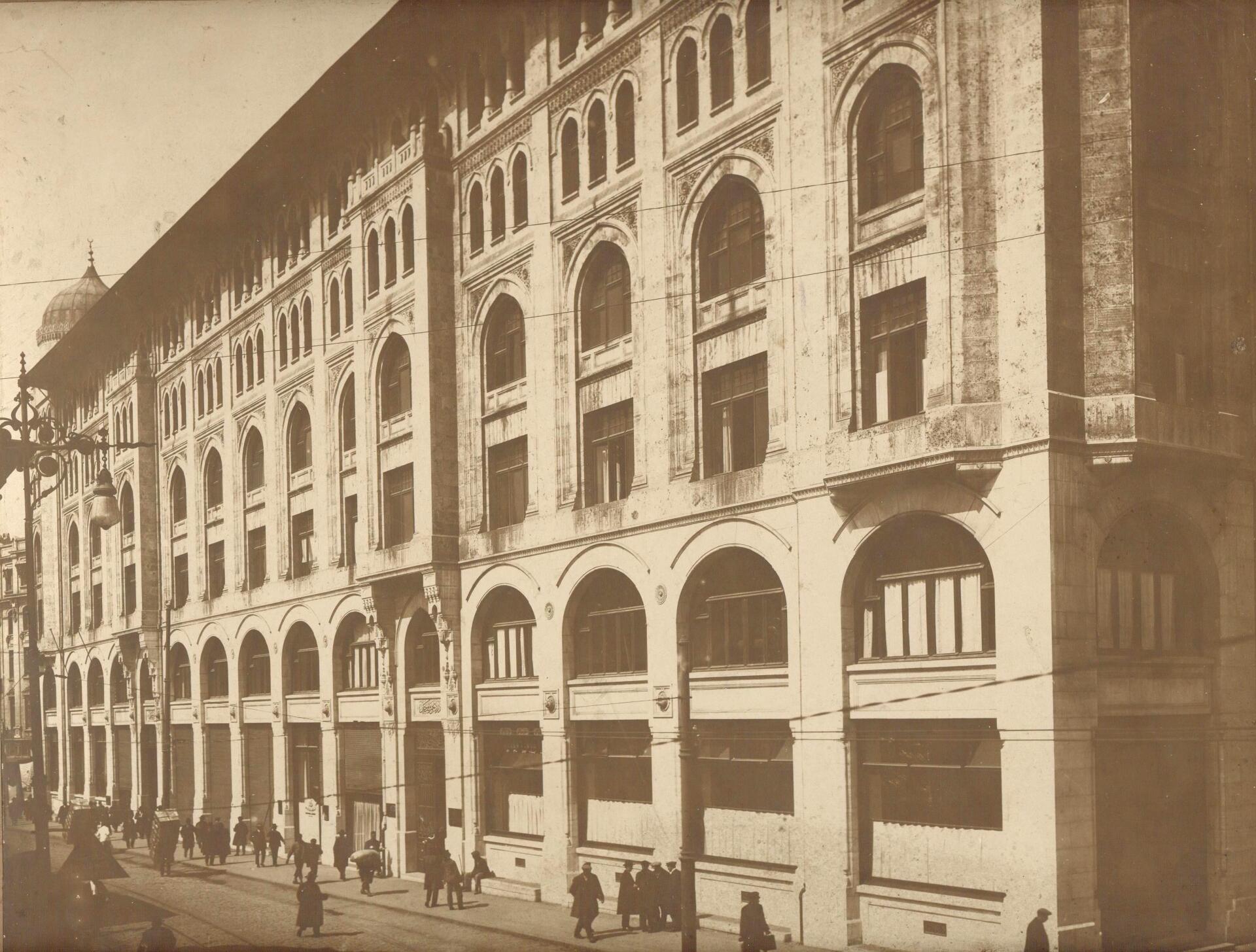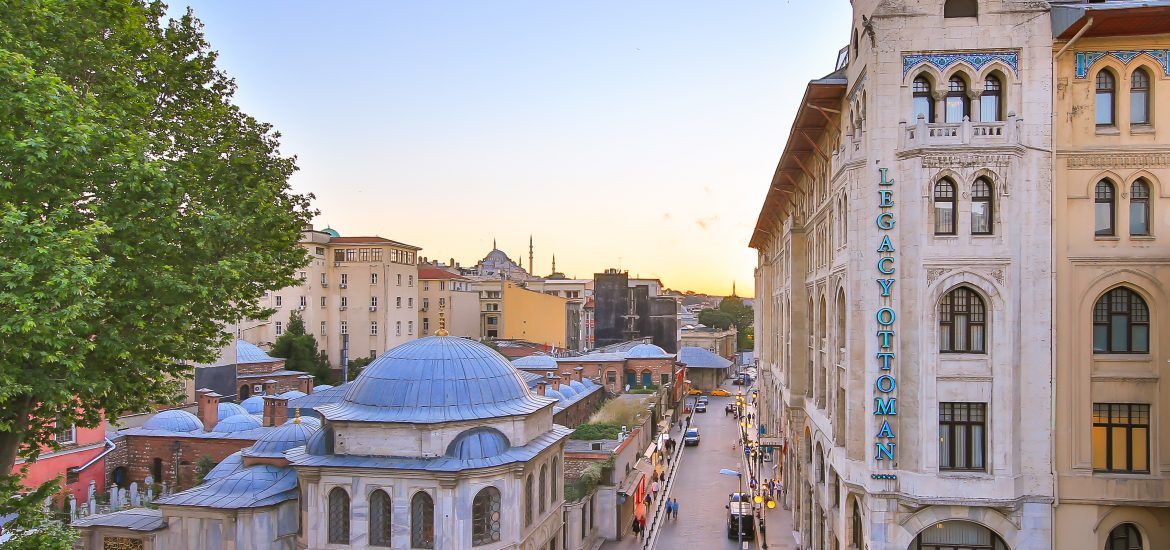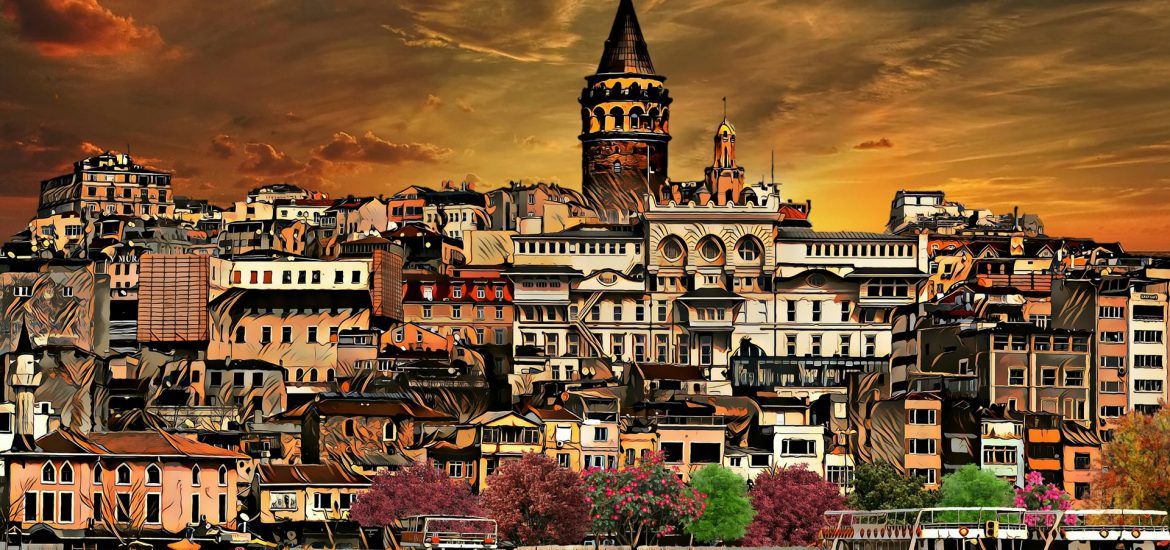Historical and Architectural Features of Topkapı Palace
One of the first places to come to mind when we say Sultanahmet is Topkapı Palace. Topkapı Palace, a very important building that has survived to the present day, hosted the Ottoman dynasty from the 15th century to the 19th century and played an essential role for the state administration and education.
The building, which was converted into a museum during the Republican period, is one of the most popular destinations of history.
Here are the historical and architectural features of Topkapı Palace:
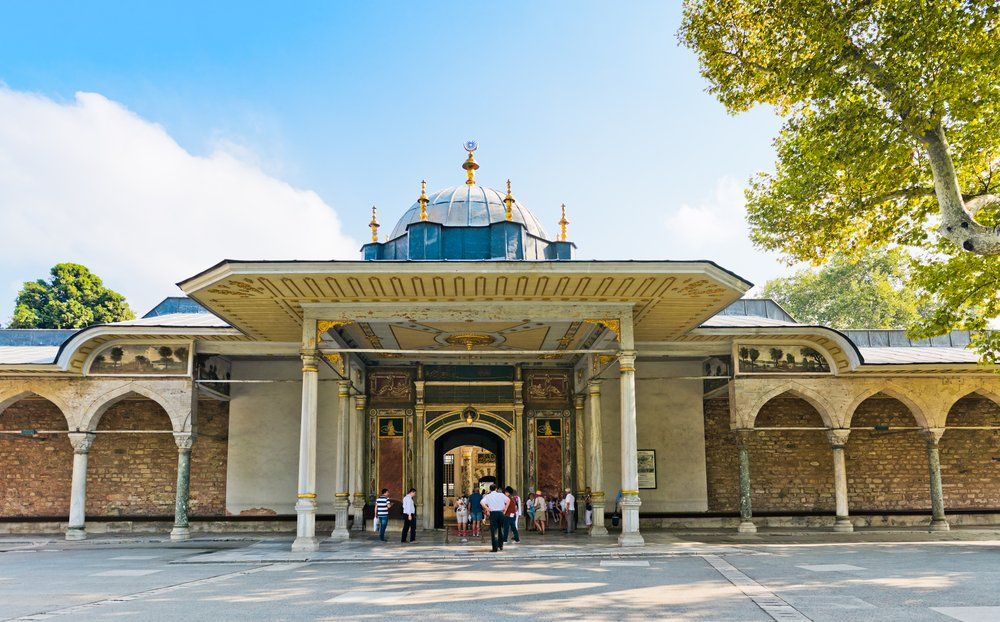
By the 15th century, the palace witnessed the magnificent lives of the Sultans
Topkapı Palace has paramount importance with its administrative character in the Ottoman Empire. Because for many years in the palace sultans lived, the state was managed and used as a training centre.
Fatih Sultan Mehmed declared Istanbul as the capital after the conquest. It was built here between 1460 and 1478 and settled here.
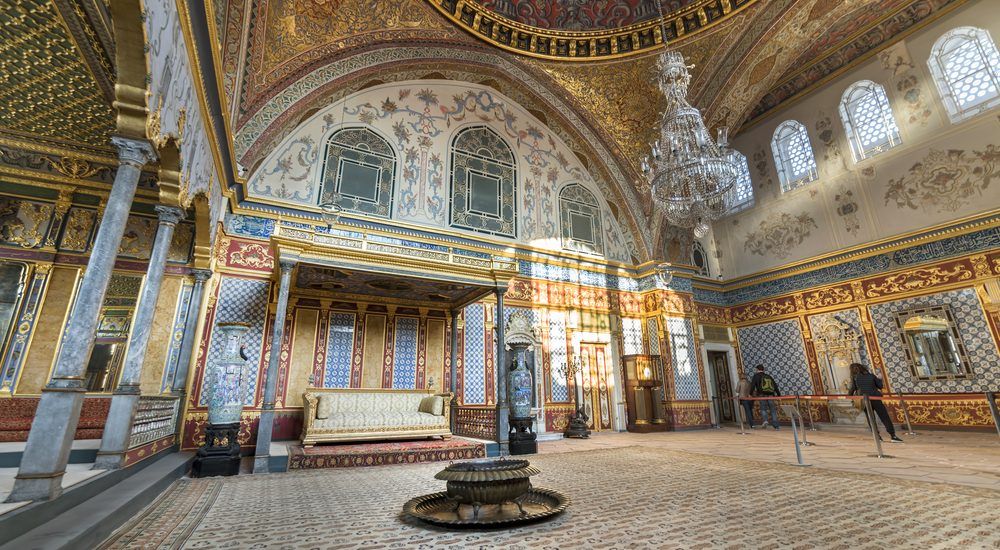
Some additions were made to the palace in later times. The sultans lived here until 1850 but later moved to the Dolmabahçe Palace because of ceremonies and state protocol. However, archives, treasury, sacred relics were preserved here, and state ceremonies continued.
Architecture Of Topkapi Palace
While determining the architectural plan of Topkapı Palace, palace and people and Ottoman philosophy played an important role. In the palace’s architecture, Edirne Palace, which was built by the Sultan Sultan Murad II on the Tunica River, was the source of inspiration.
The Topkapi Palace generally consists of the buildings reserved for the officials working in the palace, the residence of the sovereign and the apartments allocated to state affairs. The building was built on the Byzantine acropolis. The area around Topkapı Palace is surrounded by the walls, which are called “Sur-ı Sultani”, which is 1400 meters long and surrounded by the Byzantine walls by the sea.
The palace is located on an area of 700,000 square meters. A large part of 700,000 square meters belongs to Hasbahçe. The palace consists of two organisations. One of them is the Birun, and the other is Enderun. The Palace’s venues, ceremonies and session plan are arranged in line with this organization.
Topkapi Palace generally consists of garden, hasbahçe, harem, four courtyards and three main doors. It would be right to say humbly for Topkapı Palace because large expenditures have been used for bridges, mosques, barracks, caravanserais and accommodation facilities.
Mimar Sinan, the great architect of the Ottoman Empire, built only one section in Topkapi Palace. People such as Mimar Sinan, Fatih Sultan Mehmet, Acem Ali, Davud Ağa and Sarkis Balyan contributed to the construction of the palace.
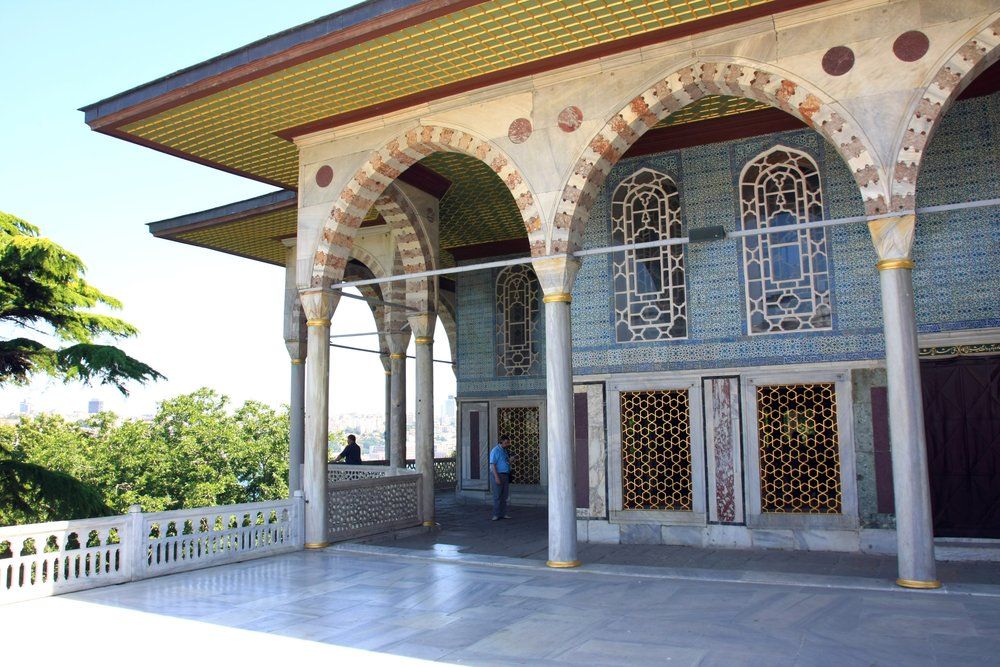
What’s in the Topkapı Palace Museum?
Mustafa Kemal Atatürk provided the proper transformation of Topkapı Palace into a museum. But the function of the museum dates back to 1839-1861, the time of Sultan Abdülmecid. At that time, it was a tradition to show old works to state elders and foreigners.
Afterwards, Sultan Abdülaziz started to showcase artefacts in the empirical style by building glass windows.
Topkapı Palace was officially converted into a museum by Mustafa Kemal Atatürk on 3 April 1924 when the Ottoman monarchy was abolished in 1922. Nowadays it is open to visitors. It is possible to see beautiful artefacts when you go here.
In the palace; specially produced clothes of the Ottoman dynasty, Turkish jewellery from different periods, jewellery from Europe and India, state medallions, candlesticks made of gold, Topkapı daggers, jewellery, ceramics, sacred relics are exhibited.
